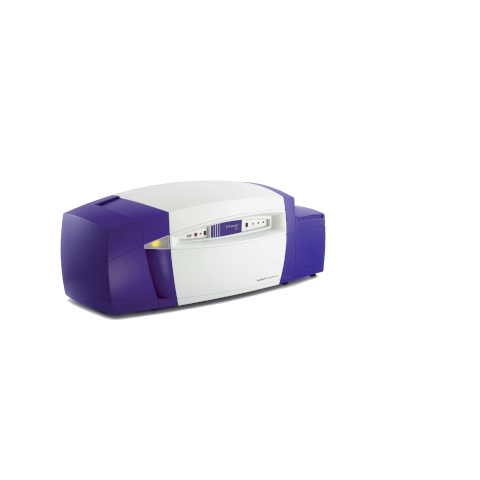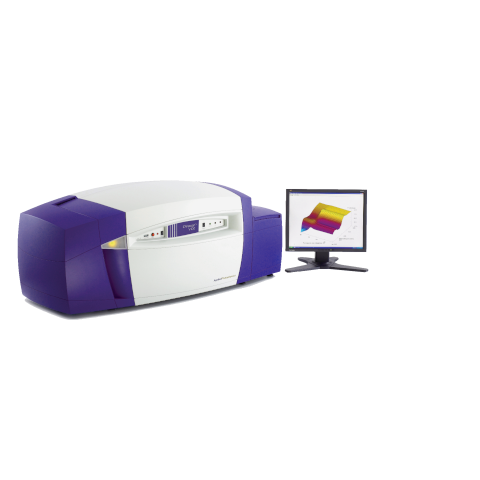Our Circular Dichroism Range
Temperature-Dependant Circular Dichroism Spectroscopy Measurements
Setting up parameters for temperature ramping
What settings to choose?
Besides isothermal measurements, systems for Circular Dichroism spectroscopy usually allow for temperature-dependent experiments, too.
These kinds of experiments allow the assessment of a molecule's thermal stability by monitoring heat-induced structural changes. From the spectroscopic signal against temperature, thermodynamic parameters can be extracted that describe, e.g., the denaturation of proteins or peptides, or melting of nucleic acids.
However, there are different strategies to carry out such experiments, and users often wonder what settings to choose.
Explore with our interactive demo below how experimental parameters can be set up to get the most out of your temperature ramps.
Note: This widget is greatly simplified and goes without claim to provide accurate quantitative results. Please be patient while the widget loads.
Related:
circular dichroism FAQs



